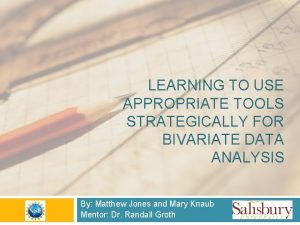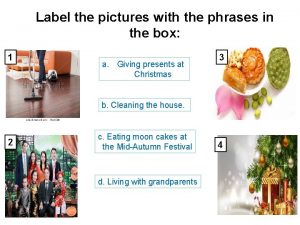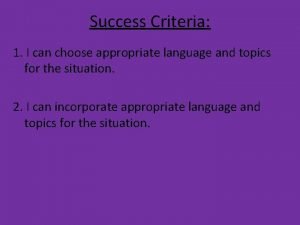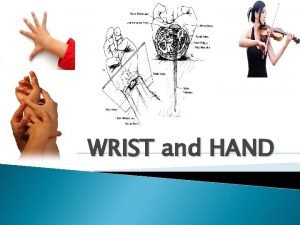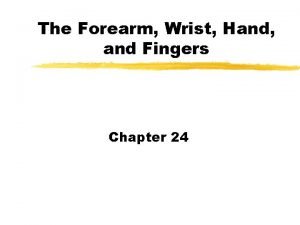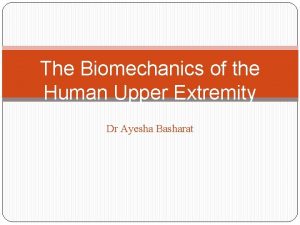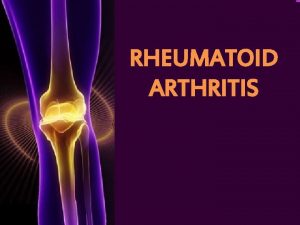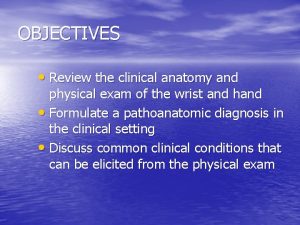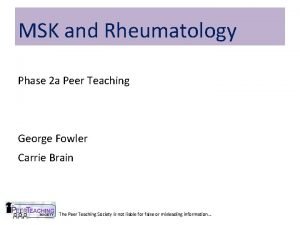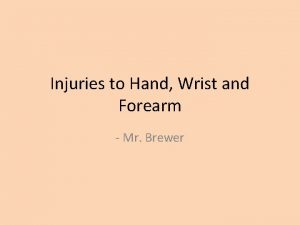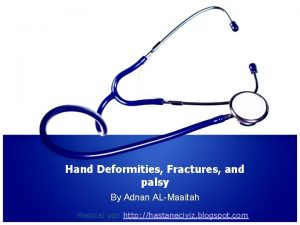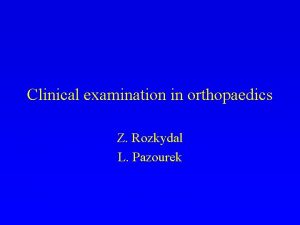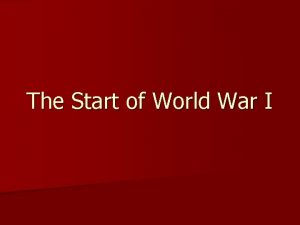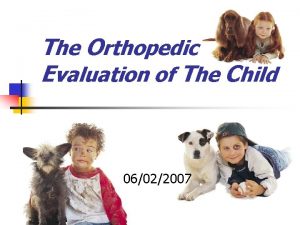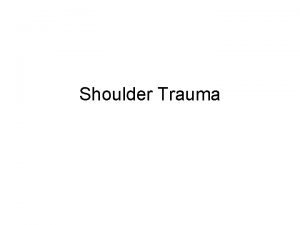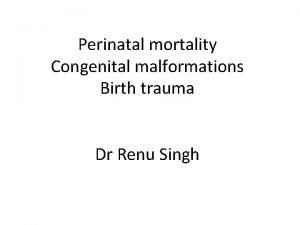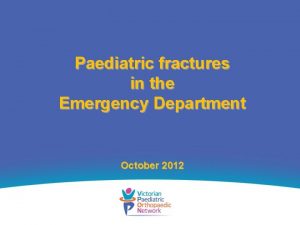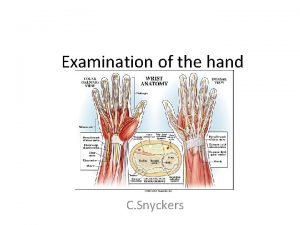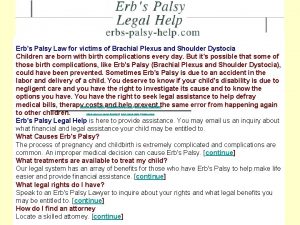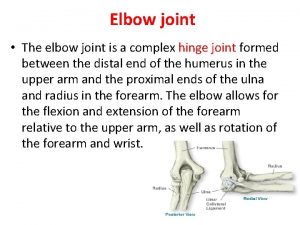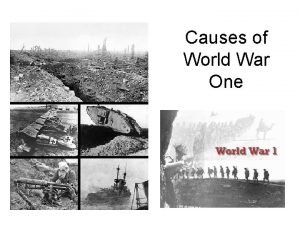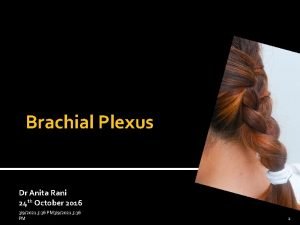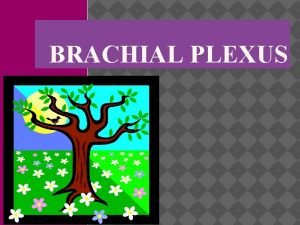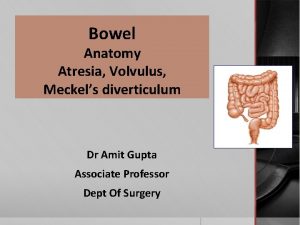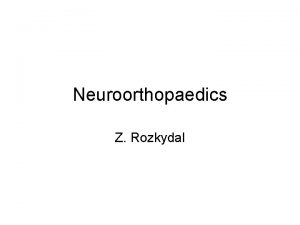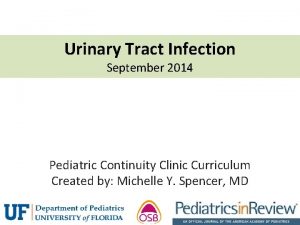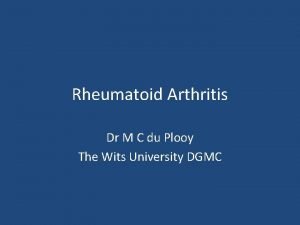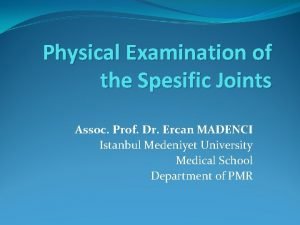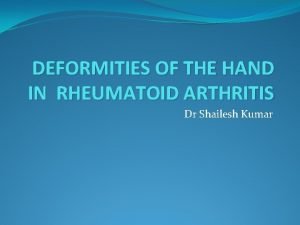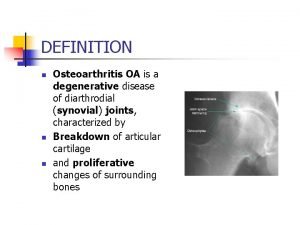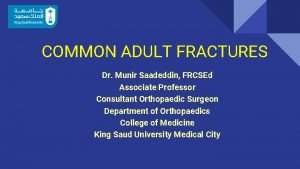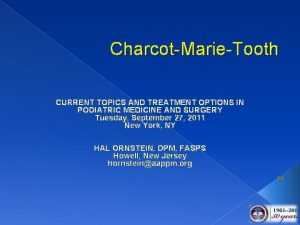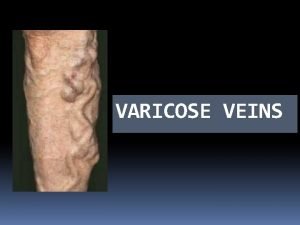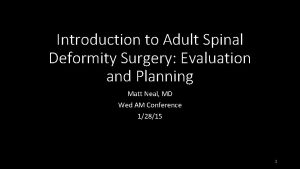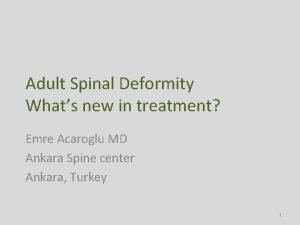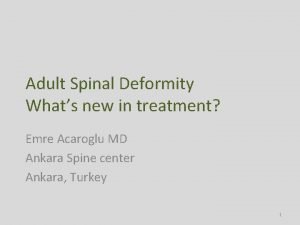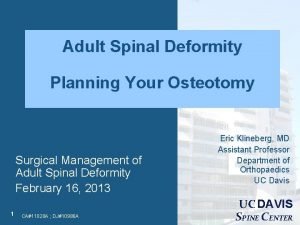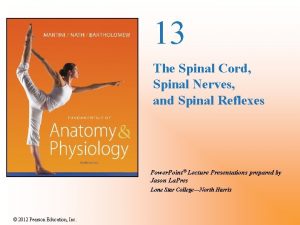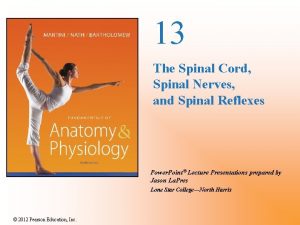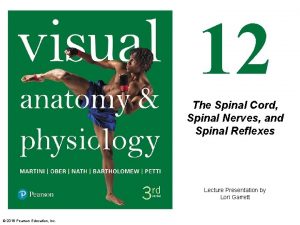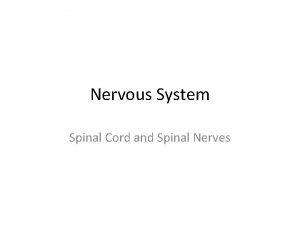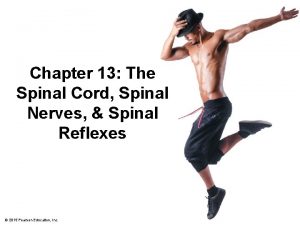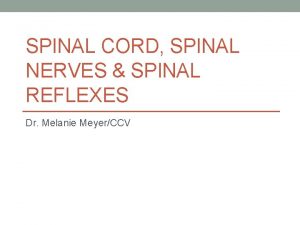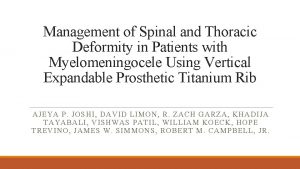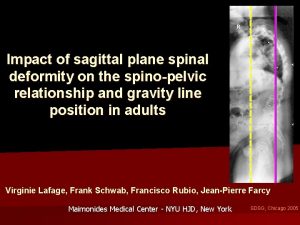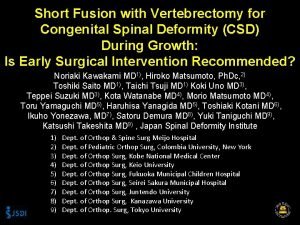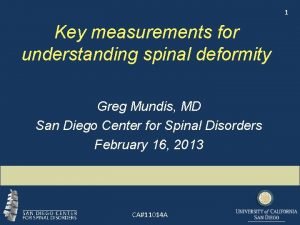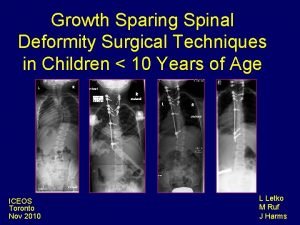ADULT SPINAL DEFORMITY APPROPRIATE USE OF SURGERY AND









































- Slides: 41

ADULT SPINAL DEFORMITY: APPROPRIATE USE OF SURGERY AND NONOPERATIVE CARE Michael S. Chang, MD Sonoran Spine Center Assistant Professor of Orthopaedic Surgery University of Arizona Associate Clinical Professor Mayo Clinic - Scottsdale Phoenix, Arizona Feb, 2018 Park City, UT

Adult Concerns Pediatric � Progression � Cosmesis � Pain Adult � Pain � Neurological complaints � Radiculopathy � Neurogenic claudication Postural stabilization � Balance restoration � Progression �

Technical Challenges � Less flexible curves � Less optimal bone quality � Canal Interventions � Co-morbidities � Higher complication rates �Pseudarthrosis �Junctional issues �Inferior recovery

Should I even offer surgery? � Real challenge is in deciding between which problems to address and who to operate on � Bigger vs. smaller surgery pros/cons

Non-op NSAIDS/Tylenol � PT � Muscle relaxants/anti-depressants/steroids � Chiropractic manipulation/massage � Cupping/Charismatic Healing/Nothing � NO opioids � Sketchiness

Non-op � Interventional �Facet Injections �Medial Branch Blocks �Rhizotomies �Discogram � Generally inconsistent data �Temporary relief Everett CR. Spine. 32(19 S). S 130 -4

ASD: Operative vs. Non-op � ISSG � 268 op vs. 403 non-op ○ Significant improvement with surgery ○ No substantial improvement with non-op � 215 non-op pts ○ 86 MCID vs 129 not MCID at 2 yrs ○ MCID tended to have less baseline deformity and pain � Bridwell et al � 160 ASD ○ No significant improvement with non-op Liu S. Spine J. 2016 16(2): 210 -8 Smith JS. Neurosurgery 2016 78(6) 851 -61 Bridwell. Spine 2009 15; 34(20): 2171 -8

Surgery is effective… Albert, et al. Spine 1995 55 pts adult deformity No difference in <40 yr vs >40 yr old outcomes � Glassman, et al. Spine 2007 97 pts >65 yrs old, lami/fusion Complications did not affect outcome � Glassman, et al. Spine 2007 46 pts adult deformity, major/minor/no comp. 10% major complications affect outcome Minor and no comp. similar outcome �

…But not without risk Cho, et al. Spine 2007 47 pts with DLS, age 67 yrs Posterior fusion, 68% complications (acute plus chronic) � Buchowski, et al. SRS 2006 110 pts PSO, age 54, 11% neuro deficit � Crandall, et al. Spine 2009 40 pts with DLS, 15% NU, 18% adjacent Fx 20% revision surgery � Charosky, et al. SRS 2006 21 pts PSO for revision scoliosis, 4 yr follow-up 5 neuro deficits, 4 dural tears, 3 nonunions �

Surgical Decisions � Goal should be to treat primary symptoms with least amount of surgery while minimizing future problems

Goals for Adult Scoliosis Surgery � Address symptoms � Achieve a balanced spine �Balance > coronal cobb correction � Maximize motion � Minimize risk to patient

Radiographic Factors to Consider � Stenosis – Location & severity � Stability – Listhesis, osteophytes � Curve size/flexibility � Spinal balance – Coronal/sagittal � Prior spinal surgery

Clinical Factors to Consider � Overall health � Physiologic Age � Co-morbidities � Activity level � Motivation/Expectation � Social Support � Bone density � � PE Size of surgery needed � Approaches � Need for Osteotomies � Revision

Age � Smith JS et al: Spine. 2011 � 206 pts age 25 -85 for scoliosis surgery �Complication ○ 25 -44: ○ 45 -64: ○ 65 -85: rates increased with age: 17% 42% 71% �Significant functional improvement (SRS-22, ODI, back pain, leg pain) ○ Trend of improved result with greater age

Impact of Overall Health � Fu KM et al: Spine 2011 � 22, 857 pts undergoing spine surgery �Overall complication rate: 8. 4% �Higher ASA grades had significantly higher complication rates: ○ ASA 1 had 5. 4% ○ ASA 2 had 9% ○ ASA 3 had 14. 4% ○ ASA 4 had 20. 3% ○ ASA 5 had 50%

Osteoporosis � Plays a role in most common spine complications �Adjacent segment degeneration �Instrumentation failure �Pedicle fracture �Increased blood loss � Ding et al. , CMJ 2011 � 192 pts age >50 DLS vs. stenosis ○ 74% osteoporosis in DLS vs. 31% in stenosis alone

PE � Most common lifethreatening complication in spine surgery �Mortality: �DVT: �PE: ○ AP Surg: 0. 7% 1 -12% 1 -2% 3 -6% Bradford JBJS 1980, Kozak Spine 1990, Ondra IMAST 2002

Anticoagulation � Acute post op complication rate: �Prophylactic: 5. 7% to 18 % �Therapeutic: 12 % to 67 % Coldwell JBJS 1994, Potyk J Int Med 1993, Taberner BMJ 1978

DVT/PE Study of High Risk Pts � 67 consecutive patients treated without prophylactic IVC filter � Pulmonary Embolism: � PE mortality rate: 12. 0 % (8 pts) 1. 5 % (1 pt) � 22 prospectively followed patients with prophylactic IVC filter � No symptomatic PE � IVC insertion complications: 0. 0 % � Filter related complications: 4. 5 % Ondra et al. Unpublished Data Courtesy of Dr. Frank La. Marca

Size of Surgery � Sansur CA et al, Spine, 2011 � 669 complications in 4980 SRS pts �Higher rates associated with osteotomies, revisions, and AP approaches � Smith JS et al, Spine, 2011 � 578 SRS pts for FSI correction � 29. 4% short term complications �More aggressive osteotomy yielded higher complication rates ○ ○ None 17% SPO PSO VCR 28% 39% 61%

Revision Surgery � Cho, et al. Spine 2012 166 pts for revision deformity surgery, 34. 4% major complication rate � Glassman, et al. Spine 2007 62% vs. 48% complication rate revision vs. primary deformity surgery � Chang, et al. SRS 2012 99 pts >75 age, 53% vs. 71% total complication rate in primary vs. revision surgery

Surgical Options 1. 2. 3. 4. Decomp alone Decomp w/limited posterior inst/fusion Decomp w/fusion curve ± Decomp w/fusion and osteotomies

Case 1: 62 F Neurogenic claudication only


Characteristics �Central and lateral recess stenosis �“Stable” spines radiographically �Minimal/absent rotatory subluxations �Osteophytes present

Decompression Only 5 ½ YEARS POSTOP

Case 2: 69 F Left leg radiculopathy- L 4 & L 5

L 4 -5 Foraminal and Lateral Recess Stenosis

Characteristics � Central/lat recess/foraminal stenosis � Rotatory subluxations at stenotic levels � Lack of stabilizing osteophytes � Minimal back pain/deformity complaints

Decompression L 4 -5 PSF/TLIF

Case 3: 73 F R Post leg pain and LBP


Characteristics � +/- stenosis � Severe rotatory subluxations/“unstable” spine � back pain/deformity complaints � Adequate sagittal/coronal alignment � Adequate bone stock (osteoporosis)

Decompression + PSF T 11 -L 5

Case 4: 68 F LBP s/p 9 prev back surgeries


Characteristics �± Stenosis � Often � revision scenario Back pain/deformity complaints � Lumbar � Strong flatback/sagittal imbalance protoplasm to tolerate combined procedures

L 3 ASx PSO, T 10 – Pelvis PSF


Principles of ASD � Choose the right intervention for the right patient at the right time � “Less is More” �The least aggressive procedure for the maximal amount of gain is preferred �Short segment fusions are often all that’s indicated over the decompressed levels �Pain relief and improved function and overall balance is more important than maximum curve correction

Thank you! Michael S. Chang, MD Sonoran Spine Center Assistant Professor of Orthopaedic Surgery University of Arizona Associate Clinical Professor Mayo Clinic – Scottsdale Phoenix/Scottsdale, AZ
 Spinal cord tracts labeled
Spinal cord tracts labeled Spine meninges
Spine meninges Innervations of the brachial and lumbar enlargements
Innervations of the brachial and lumbar enlargements Rubrospinal
Rubrospinal Use appropriate tools strategically
Use appropriate tools strategically Form phrases. use appropriate ones to label the pictures
Form phrases. use appropriate ones to label the pictures Use appropriate language in a given situation
Use appropriate language in a given situation Drop hand
Drop hand Chapter 24 the forearm, wrist, hand, and, fingers
Chapter 24 the forearm, wrist, hand, and, fingers Humeroulnar joint
Humeroulnar joint Boutonniere and swan neck deformity
Boutonniere and swan neck deformity Rheumatoid nodules
Rheumatoid nodules Dorsum of hand
Dorsum of hand Extra articular manifestations of rheumatoid arthritis
Extra articular manifestations of rheumatoid arthritis Dorsiflexion of wrist
Dorsiflexion of wrist Waiter's tip deformity
Waiter's tip deformity Artrography
Artrography Gun stock deformity
Gun stock deformity Kaiser wilhelm deformity
Kaiser wilhelm deformity 06022007 colour
06022007 colour Hatchet deformity
Hatchet deformity Perinatal period
Perinatal period Ulcerated urtree
Ulcerated urtree Back slab
Back slab King tut deformity
King tut deformity C
C Erb duchenne palsy
Erb duchenne palsy Anatomy of elbow joint
Anatomy of elbow joint Ww1 cause
Ww1 cause Policeman tip deformity is due to
Policeman tip deformity is due to Policeman tip deformity
Policeman tip deformity Bird beak deformity volvulus
Bird beak deformity volvulus Pes equinus
Pes equinus Spinning top deformity on vcug
Spinning top deformity on vcug Synotenovitis
Synotenovitis Swan neck deformity
Swan neck deformity Swan neck deformity
Swan neck deformity Swan neck deformity
Swan neck deformity Swan neck deformity
Swan neck deformity Dinner fork vs garden spade deformity
Dinner fork vs garden spade deformity Stork leg deformity
Stork leg deformity Blowouts in varicose veins
Blowouts in varicose veins




